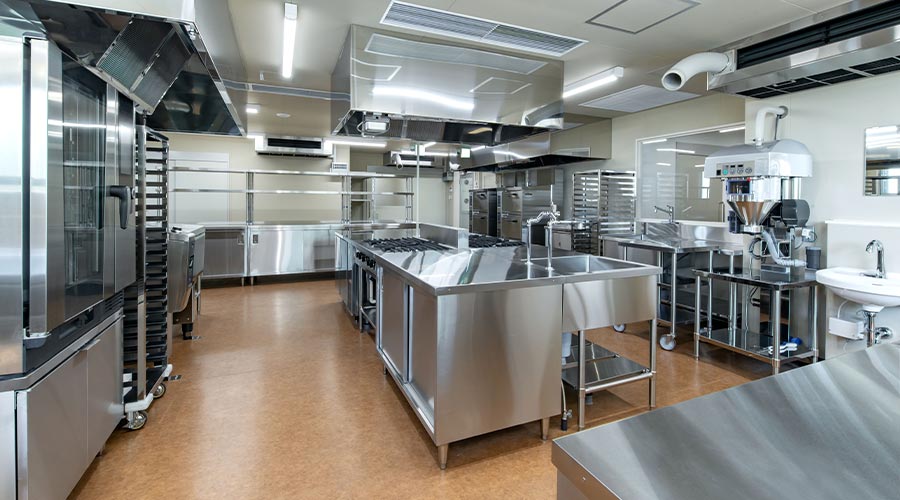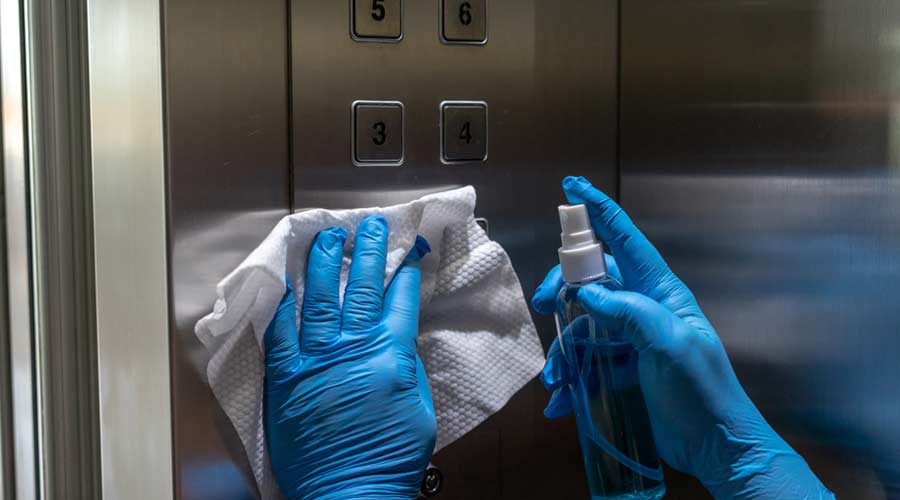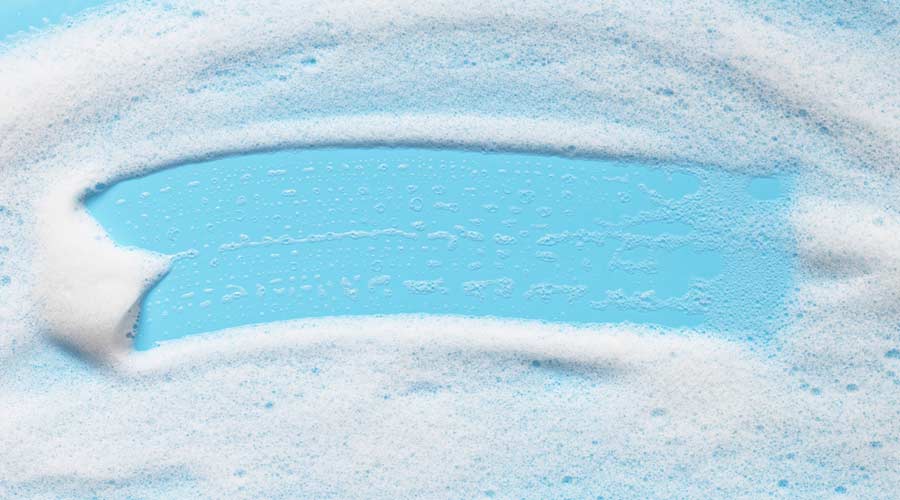
By Charles Griffin, Kitchen Guard
For restaurant owners and commercial facility operators, the kitchen is the heart of the operation. Yet, one of its most critical components — the hood and duct system — is often overlooked until disaster strikes. Neglecting proper maintenance not only violates safety codes but also exposes your business to significant financial, operational, and human risks.
The Real Cost of Cutting Corners
While it might seem cost-effective to delay or minimize professional hood and duct cleaning, the long-term consequences can be devastating.
-
Fire Hazards: Grease buildup in exhaust systems is a leading cause of restaurant fires. According to the International Kitchen Exhaust Cleaners Association (IKECA), nearly 11,000 commercial kitchens experience fire damage annually due to neglected exhaust systems.
-
Financial Losses: The aftermath of a fire includes not just repair costs but also lost revenue during downtime. For instance, a fire can force a business to halt operations for an entire month, leading to substantial revenue losses.
-
Business Closure: Alarmingly, 40% of businesses never reopen after a significant fire. The average business interruption costs are $5,000 per day for small businesses and over $25,000 for larger operations.
Case Study 1: Finn’s Harborside Fire
In a notable incident, Finn’s Harborside, a popular waterfront restaurant in East Greenwich, Rhode Island suffered a significant fire due to grease buildup in the kitchen hood and vents. According to reports, the hood was cleaned in January, however, excess grease in the vents went unnoticed, leading to a fire that caused extensive damage and forced the restaurant to close indefinitely. The owners faced not only rebuilding costs but also the challenge of supporting their employees during the closure.
Case Study 2: Copley Square Restaurant Fire
Earlier this year, firefighters responded to a fire at an establishment in Copley Square, Boston. The blaze, which was quickly extinguished, caused $100,000 in damages and thankfully no injuries. The cause of the fire? Grease that had collected in the ductwork and not been cleaned properly was ignited by the heat coming from the kitchen stoves of the establishment.
According to reports, there was very little warning that the fire was about to ignite; however, once it did, it moved quickly through the ductwork of the establishment. Grease fires are known to catch their victims completely unprepared, and this was no different. Luckily, everyone inside of the restaurant was able to evacuate the building and make it to safety.
Had there been an adequate hood cleaning system in place, the fire most likely would not have happened. Grease would not have been able to collect in the way that it had to ignite the blaze because the ventilation would be clean.
The Importance of NFPA 96 Compliance
The National Fire Protection Association's Standard 96 (NFPA 96) outlines the requirements for ventilation control and fire protection in commercial cooking operations. Adhering to these guidelines ensures that your kitchen hood and duct systems are properly maintained, significantly reducing fire risks.
Professional cleaning services that comply with NFPA 96 standards may have higher upfront costs compared to non-professional services. However, the investment is justified when considering the potential losses from fires, including property damage, business interruption, and liability issues.
6-Point Risk Assessment Checklist
To evaluate your current risk level regarding kitchen hood and duct maintenance, consider the following:
1. Cleaning Frequency: Are your kitchen hoods and ducts cleaned at intervals consistent with your cooking volume and type, as recommended by NFPA 96?
2. Professional Services: Do you employ certified professionals for cleaning and maintenance, or rely on in-house or non-certified personnel?
3. Inspection Records: Do you maintain detailed records of inspections, cleanings, and maintenance activities?
4. Employee Training: Are your staff trained to recognize signs of grease buildup and understand the importance of reporting issues promptly?
5. Fire Suppression Systems: Is your fire suppression system regularly inspected and maintained in accordance with NFPA standards?
6. Emergency Preparedness: Do you have a clear emergency response plan in case of a kitchen fire?
Neglecting the maintenance of the kitchen hood and duct system is a gamble that can lead to catastrophic outcomes. Investing in professional services that adhere to NFPA 96 guidelines not only ensures compliance but also protects your business, employees, and customers. Regular maintenance is not just a regulatory requirement — it's a critical component of business safety and longevity.
Charles Griffin is a seasoned professional and entrepreneur passionate about small and large corporations. His professional desires drove him to create Next Rev Technologies, where technology and people intersect and thrive. A people-centric leader, Charles strives to develop a pathway for teams and customers to reach the next level. In his new role at Kitchen Guard, Charles brings that same leadership and customer-centric approach by partnering with customers to provide solutions that will allow them to stay focused on creating excellent culinary experiences and provide top notch service to their patrons.
posted on 5/13/2025

 The Down and Dirty on Cleaning in Virus Season
The Down and Dirty on Cleaning in Virus Season How Surfactant Use is Expanding in Commercial Cleaning
How Surfactant Use is Expanding in Commercial Cleaning